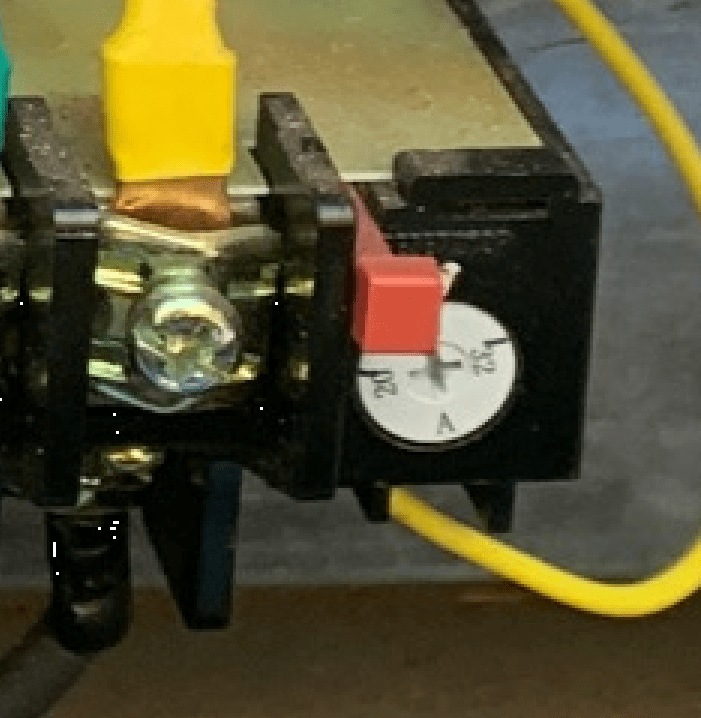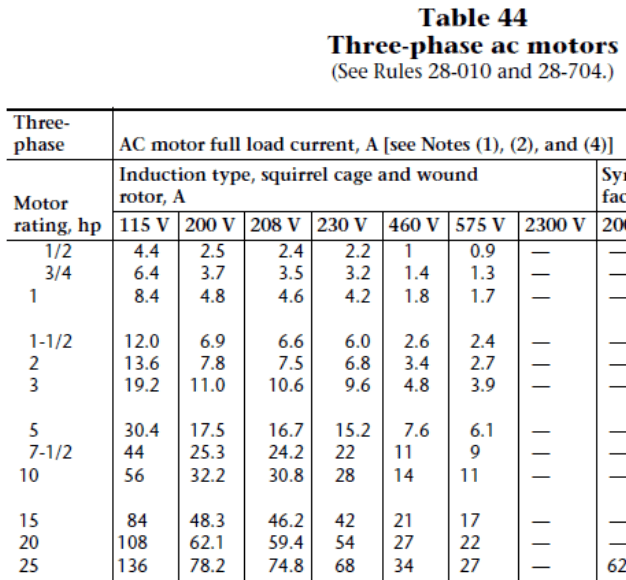itsmoked
Electrical
- Feb 18, 2005
- 19,114
I have a motor with a nameplate rating of:
Delta
36.6A
18.5kW
I grab a drive rated at 57A.
It shows up and the nameplate states:
Input: 200~240V 57.0A
Output: 0~240V 48.0A
Motor Rating: 11.0kW
This misses the mark by 7.5kW. What am I missing?
Keith Cress
kcress -
Delta
36.6A
18.5kW
I grab a drive rated at 57A.
It shows up and the nameplate states:
Input: 200~240V 57.0A
Output: 0~240V 48.0A
Motor Rating: 11.0kW
This misses the mark by 7.5kW. What am I missing?
Keith Cress
kcress -


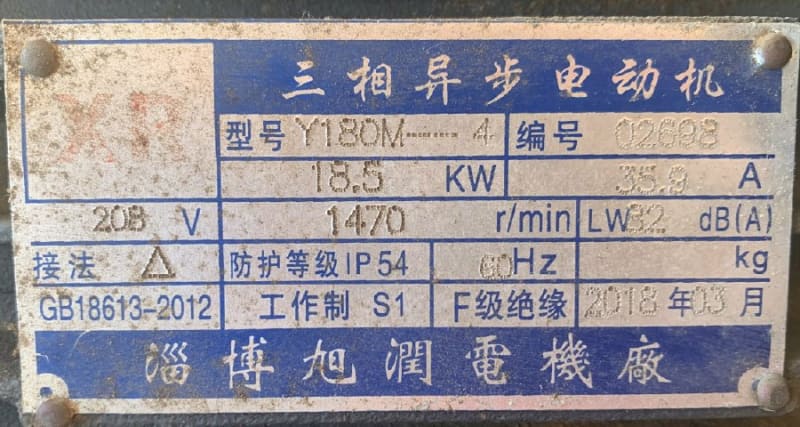
![[bigsmile] [bigsmile] [bigsmile]](/data/assets/smilies/bigsmile.gif)
![[censored] [censored] [censored]](/data/assets/smilies/censored.gif)
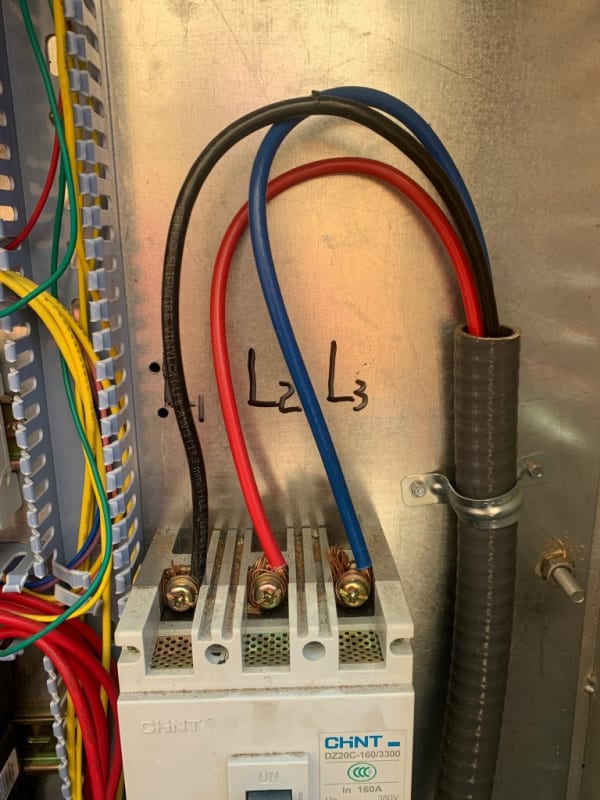
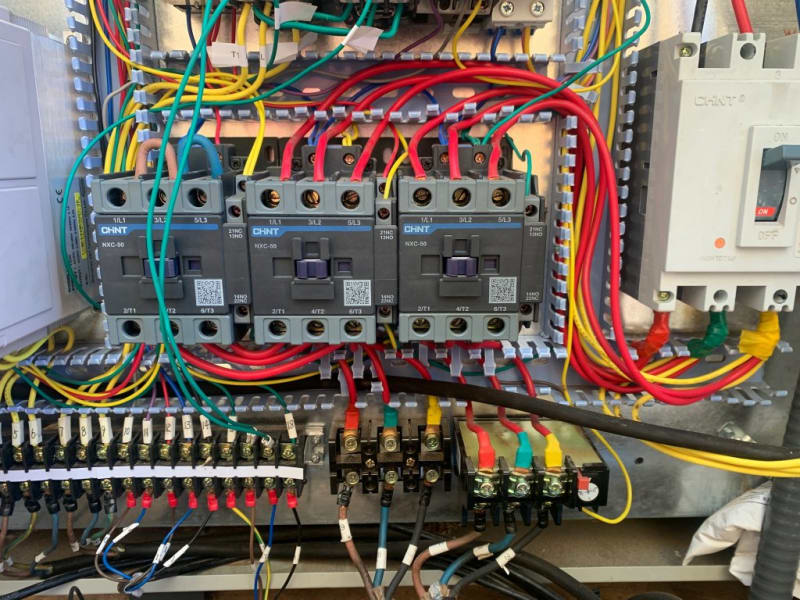
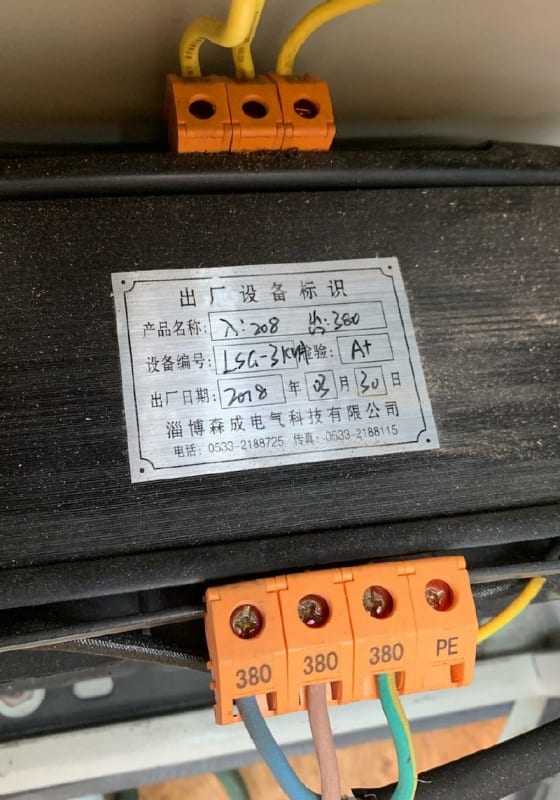
![[smile] [smile] [smile]](/data/assets/smilies/smile.gif) . Jeff's suggestion of checking the overload rating is s good one, LPS for him. However, if they selected the OL's the same way that they selected the breaker you won't gain any insight from this.
. Jeff's suggestion of checking the overload rating is s good one, LPS for him. However, if they selected the OL's the same way that they selected the breaker you won't gain any insight from this. 